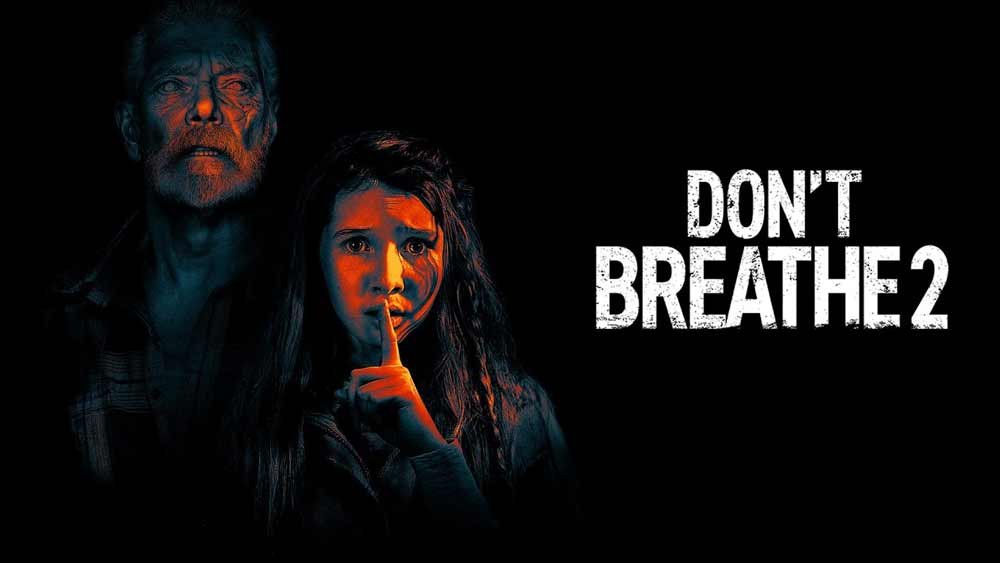
Don’t Breathe 2 Review: A Flawed and Unnecessary Sequel
The release of Don’t Breathe 2, the sequel to the 2016 hit thriller Don’t Breathe, has been met with a mixed response from critics and audiences alike. Directed by Rodo Sayagues and starring the returning Stephen Lang as the blind veteran Norman Nordstrom, the film had the potential to build upon the success of its predecessor. However, as our in-depth review will explore, Don’t Breathe 2 ultimately falls short, failing to capture the same level of suspense and intrigue that made the original so compelling.
Revisiting the Blind Man’s Twisted Past
In the original Don’t Breathe, Stephen Lang’s character, the blind veteran Norman Nordstrom, was presented as a deeply flawed and morally ambiguous figure. Haunted by a tragic past, he had resorted to heinous acts, including murder and rape, to satisfy his twisted desires. The film’s success hinged on the audience’s conflicted feelings towards this complex anti-hero, who was both a victim and a perpetrator.
However, in Don’t Breathe 2, the filmmakers make a curious creative decision to attempt a redemption arc for the blind man. As our reviewer notes, “this sequel takes a curious creative decision to present the other side of that character’s life, which didn’t actually have much to present, because he was already characterized as a murderer and rapist.” This decision to humanize a character who was previously portrayed as a ruthless villain is a bold move, but one that ultimately falls flat.
Lack of Coherence and Weak Narrative
One of the primary issues with Don’t Breathe 2 is the lack of coherence in its narrative. The reviewer points out that the film’s “motivations and objectives presented in the sequel can even be considered noble, but only for those who didn’t watch the original film.” This disconnect between the two films creates a sense of dissonance, making it difficult for viewers who are familiar with the first installment to fully engage with the sequel.
Furthermore, the reviewer notes that the film “lacks basic script polishing work,” with “awful resolutions” to the questions left open. The dialogues in the final third of the film are particularly problematic, as they fail to provide satisfactory explanations for the events unfolding on screen.
Recycled Ideas and Lack of Originality
Another major criticism of Don’t Breathe 2 is its reliance on recycled ideas from the first film. As the reviewer states, “we have several recycling passages that were successful in the first film but that now have nowhere near the same effectiveness.” This lack of originality is a significant drawback, as it prevents the sequel from carving out its own identity and offering a fresh perspective on the story.
The change in location, which the reviewer notes “greatly affected the experience,” is another example of the film’s failure to build upon the strengths of its predecessor. Instead of expanding the world and exploring new avenues, Don’t Breathe 2 feels like a rehash of familiar ideas, lacking the same level of tension and suspense that made the original so compelling.
The Inclusion of a Child Character and Its Impact
One of the key elements introduced in Don’t Breathe 2 is the presence of a child character, Phoenix, played by Madelyn Grace. The reviewer notes that the film “promotes a change of location, which for me greatly affected the experience” and that the “drama developed is quite disproportionate” due to the inclusion of the child.
While the addition of a child character could have been used to add emotional depth and complexity to the story, the reviewer suggests that it is “only relevant because of the child” and that the backstory of the character is “very poorly presented.” This lack of effective character development undermines the impact of the child’s presence, making the film’s attempts at creating tension and drama feel forced and unconvincing.
Positive Aspects: Sound Design and Action Sequences
Despite the film’s shortcomings, the reviewer does acknowledge some positive aspects of Don’t Breathe 2. Specifically, the reviewer praises the “sound work” and “some of the chases,” suggesting that these elements were well-executed and contributed to the overall viewing experience.
The reviewer’s comments on the sound design and action sequences indicate that the film’s technical aspects were not entirely lacking, and that there were moments where the filmmakers were able to capture the same level of intensity and suspense that made the original Don’t Breathe a success.
A Disappointing Sequel That Fails to Justify Itself
In the end, Don’t Breathe 2 is a disappointing sequel that fails to live up to the promise of its predecessor. The film’s attempts to redeem the blind man’s character and introduce new narrative elements fall flat, leaving viewers with a sense of dissonance and a lack of coherence in the overall story.
As the reviewer states, the film is “more a case of a sequel that doesn’t justify itself,” and it remains to be seen what the filmmakers will do with the franchise moving forward. While the technical aspects of the film, such as the sound design and action sequences, are commendable, they are not enough to overcome the narrative shortcomings that ultimately undermine the overall viewing experience.
In the end, Don’t Breathe 2 is a disappointing sequel that fails to capture the magic of the original. While it may still appeal to some viewers, it ultimately falls short of the high bar set by its predecessor, leaving audiences with a sense of missed opportunity and a desire for a more coherent and compelling narrative.
Key Takeaways:
Redemption Arc Fails: The film’s attempt to redeem the blind man’s character falls flat, as it contradicts the established portrayal of him as a morally ambiguous villain.
Lack of Coherence: The narrative lacks coherence, with weak resolutions to the questions left open and poor script polishing.
Recycled Ideas: The film relies too heavily on recycled ideas from the first installment, lacking originality and failing to expand the world in a meaningful way.
Child Character Inclusion: The inclusion of a child character feels forced and underdeveloped, with the drama surrounding the character feeling disproportionate.
Positive Aspects: The sound design and action sequences are praised as the film’s technical highlights, but they are not enough to overcome the narrative shortcomings.
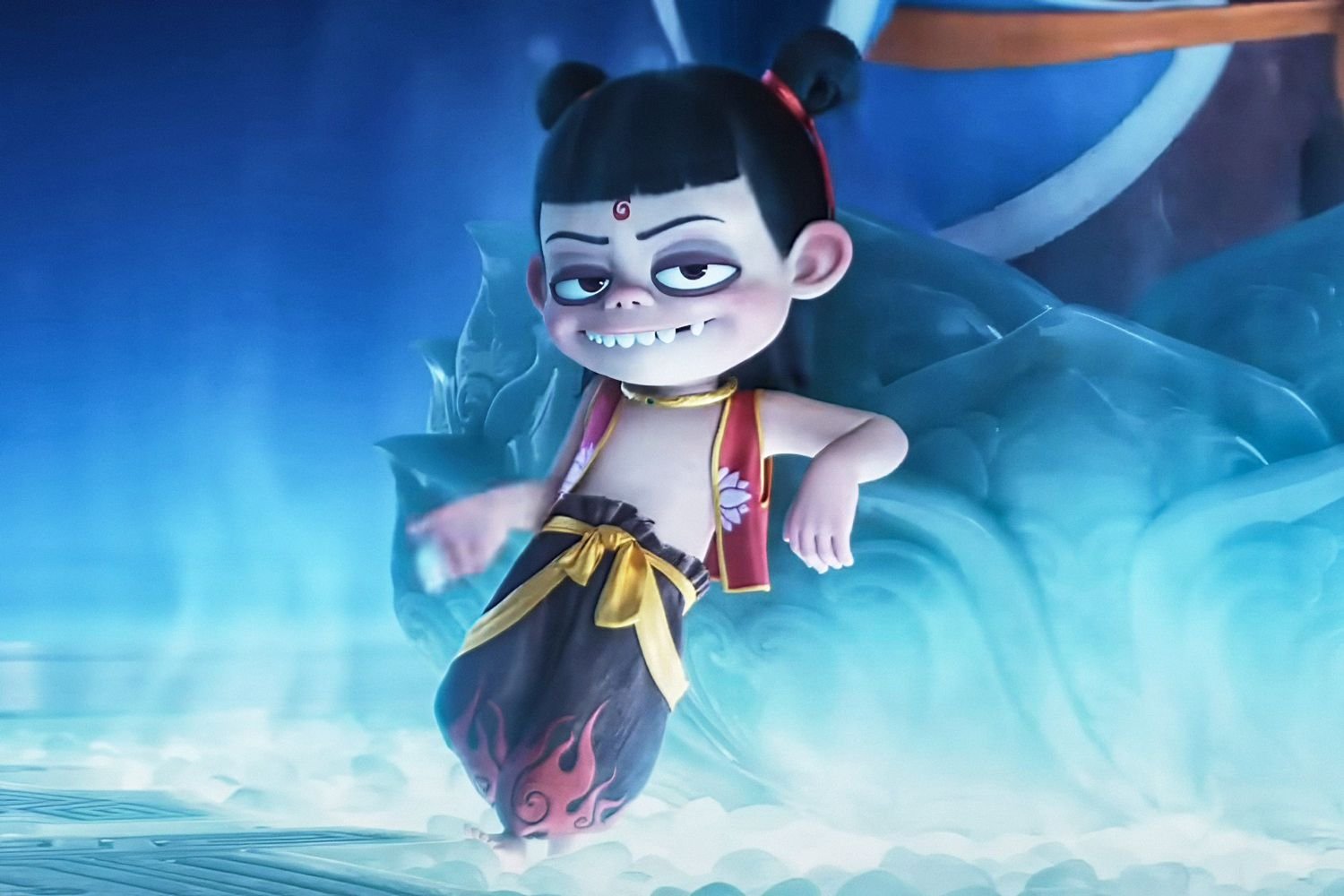
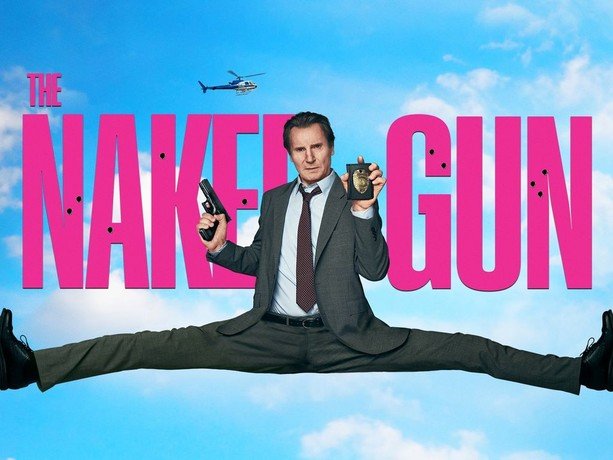
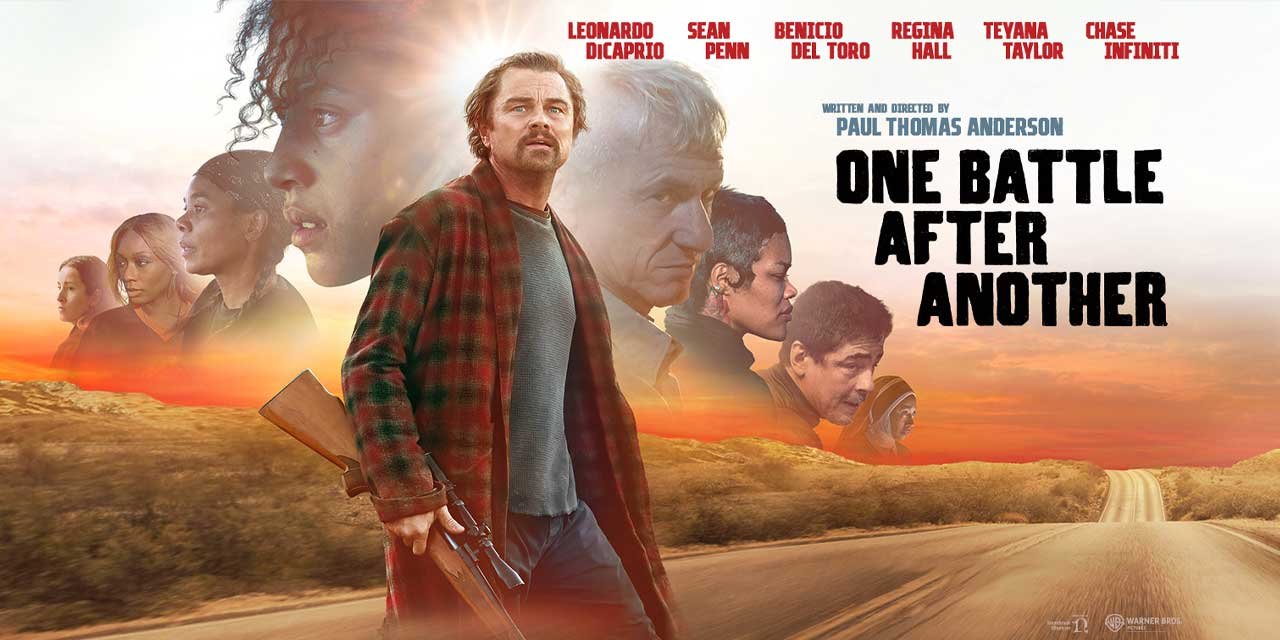






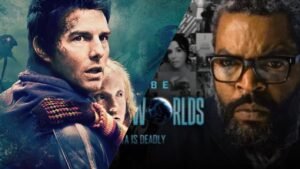

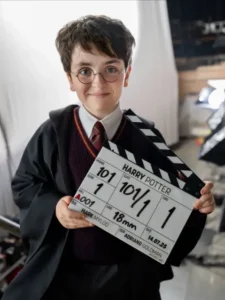
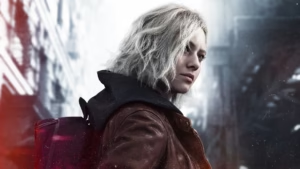
Publicar comentário